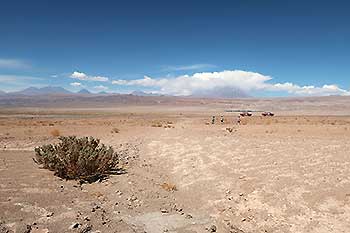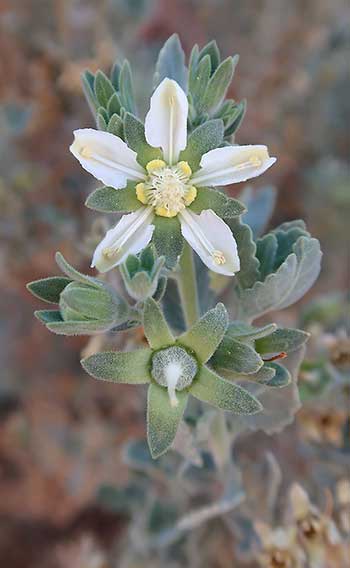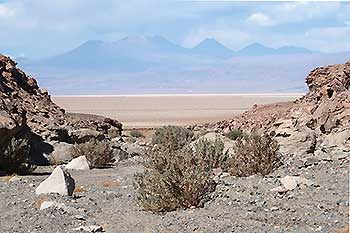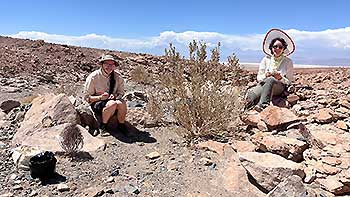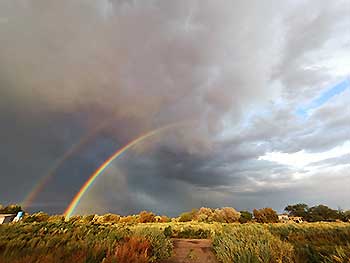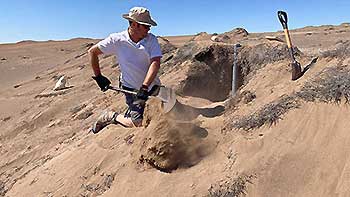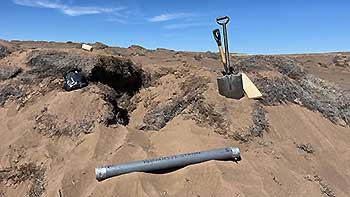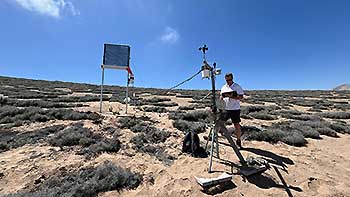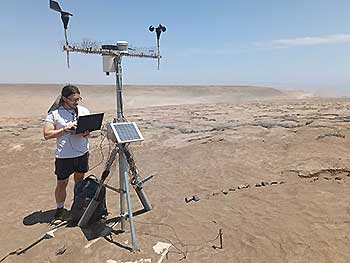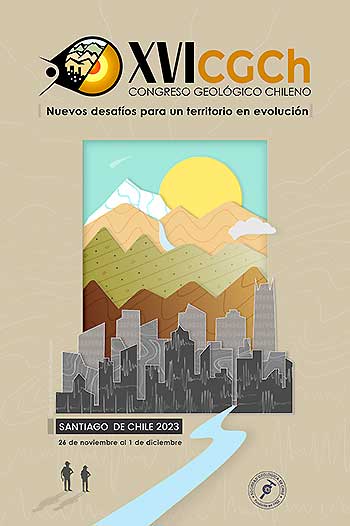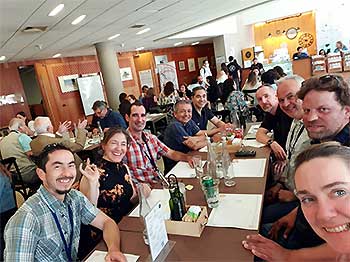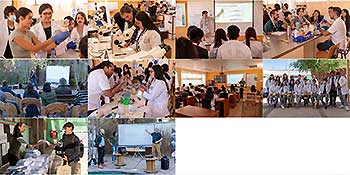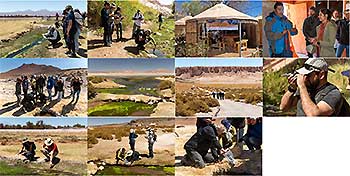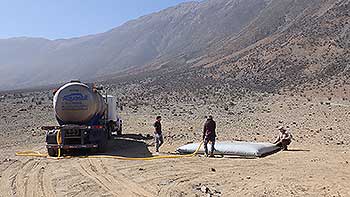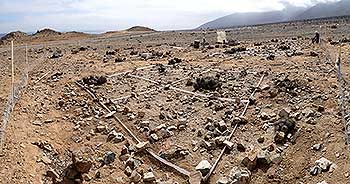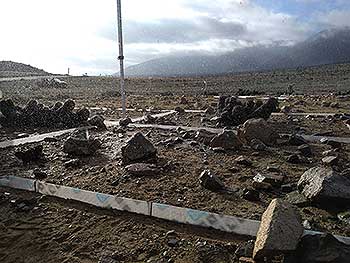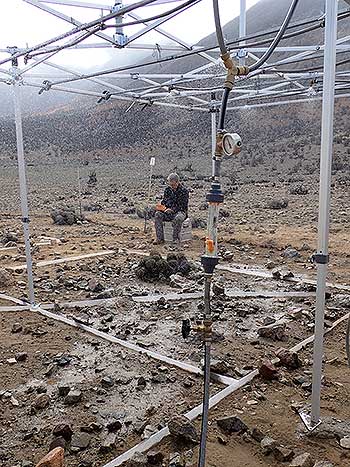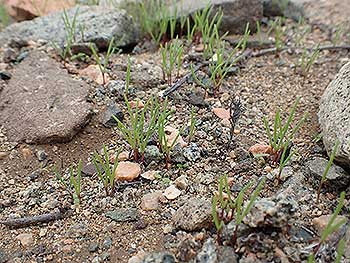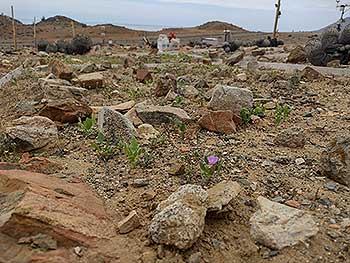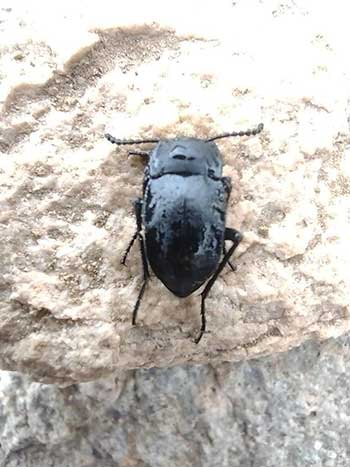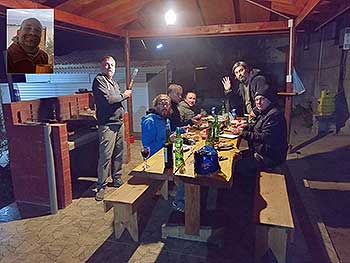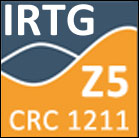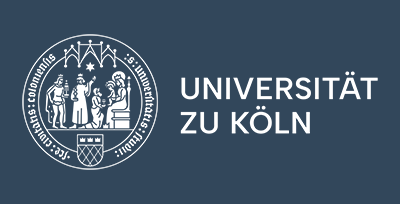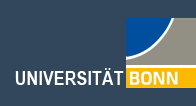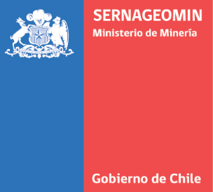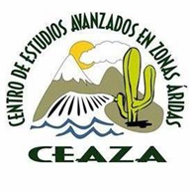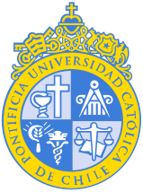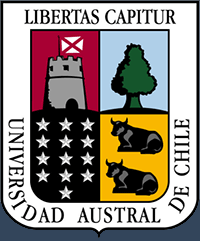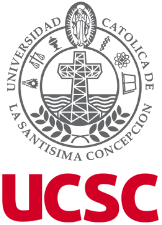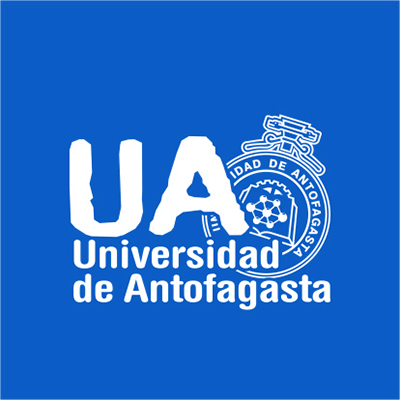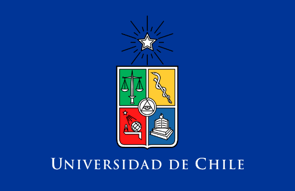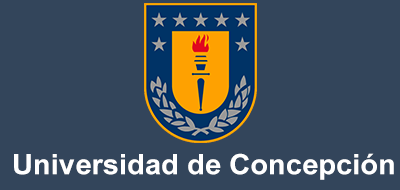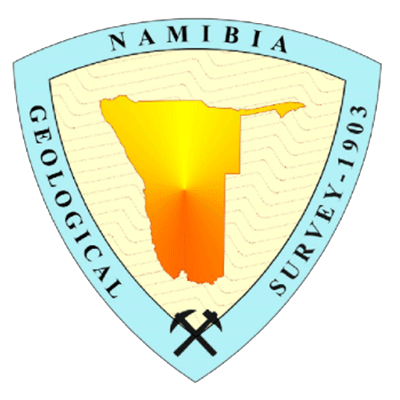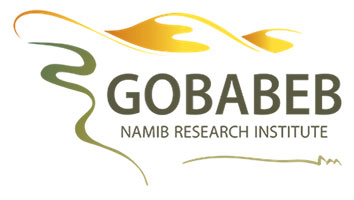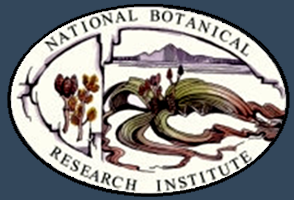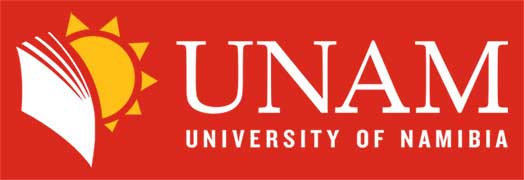IRTG Kick-Off Retreat 2025
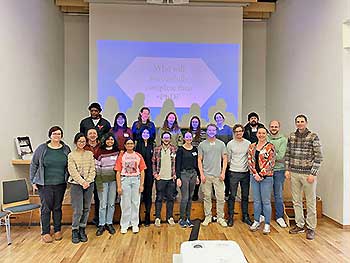
We recently kicked off the third funding period of CRC 1211 with an exciting two-day retreat in Bonn organized by the IRTG. It was the perfect opportunity for us PhDs to dive into the projects, connect with the IRTG, and get to know one another.
The retreat began with impressive presentations from CRC speakers and PIs, who gave us a comprehensive overview of the subprojects and their connections. Coming from such diverse academic backgrounds, we found this big-picture perspective essential to understanding how all the pieces fit together. It was great to finally put faces to the names of our PIs and learn more about what our fellow PhDs are working on day-to-day.
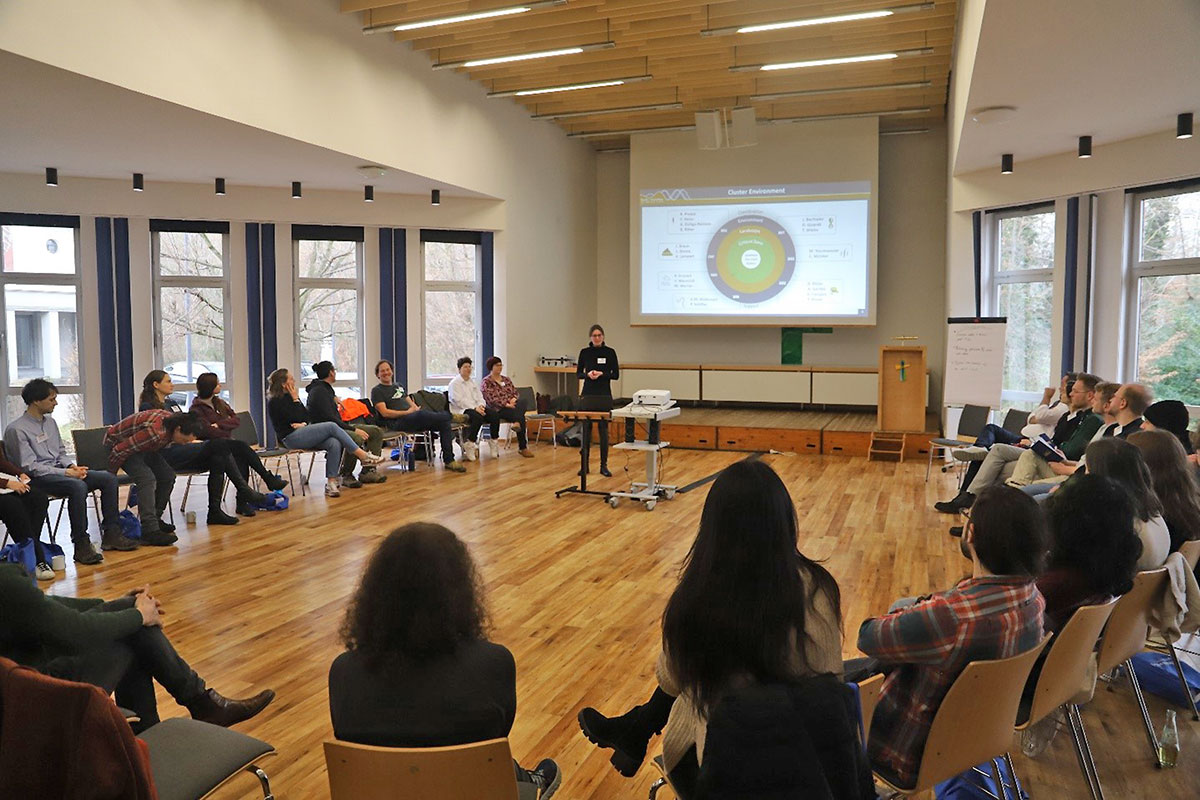 Photo: Christian Tiede
Photo: Christian Tiede
Afterward, we moved into a dynamic group workshop led by Dr. Benjamin Hartwig from Neuroblitz (www.Neuroblitz.de). Through inspiring activities, he encouraged us to actively see, hear, and collaborate with one another, strengthening our connections as a team.
We wrapped up the day with some well-earned downtime - complete with cold beers and a competitive game of Kegeln in the cozy basement of Haus Venusberg, where most of us stayed the night. Spirits were high, and the festive atmosphere made us even more excited about the upcoming field trip to Chile!
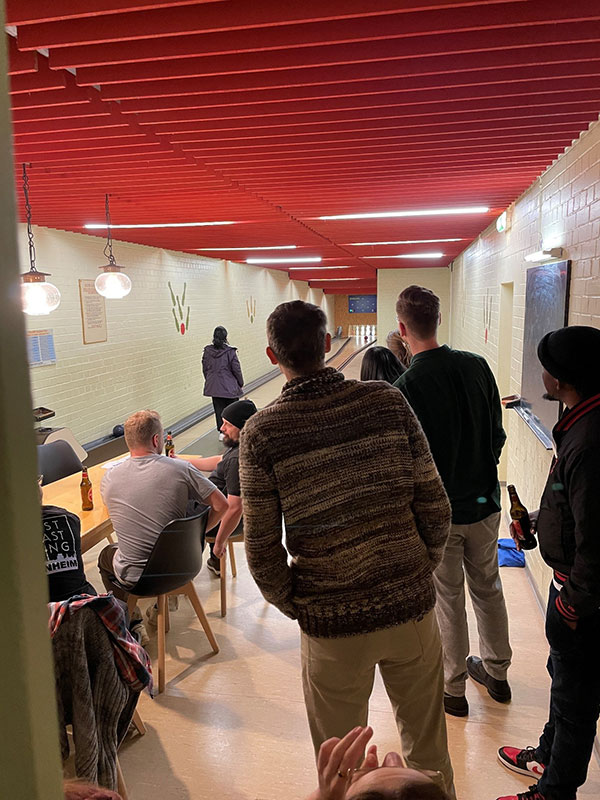
Photo: Hannah Hartung
Day two extended the workshop with more engaging group exercises, ending in the presentation of our unique “PhD Survival Kits.” Each group brought their own creative twist to the challenge, presenting through an art gallery, a personal story, a decision-driven adventure narrative, and even a quiz show!
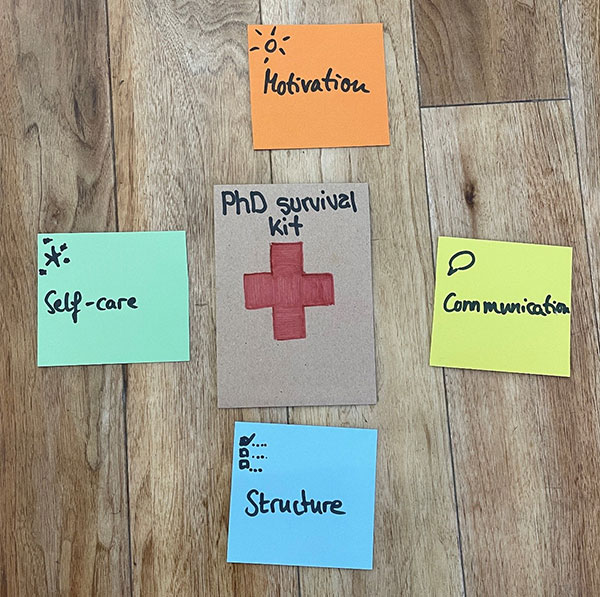
Photo: Hannah Hartung
These activities were not only enjoyable but also provided valuable insights into managing the challenges of the PhD journey while strengthening our connections as colleagues and friends.
Looking back on these two incredible days, it’s clear we achieved more than just sharing knowledge and insights. We built a sense of community, both professionally and personally, that we’ll carry forward as we prepare for the next adventure: exploring the Atacama Desert together.
Here’s to the start of an exciting new chapter for CRC 1211!
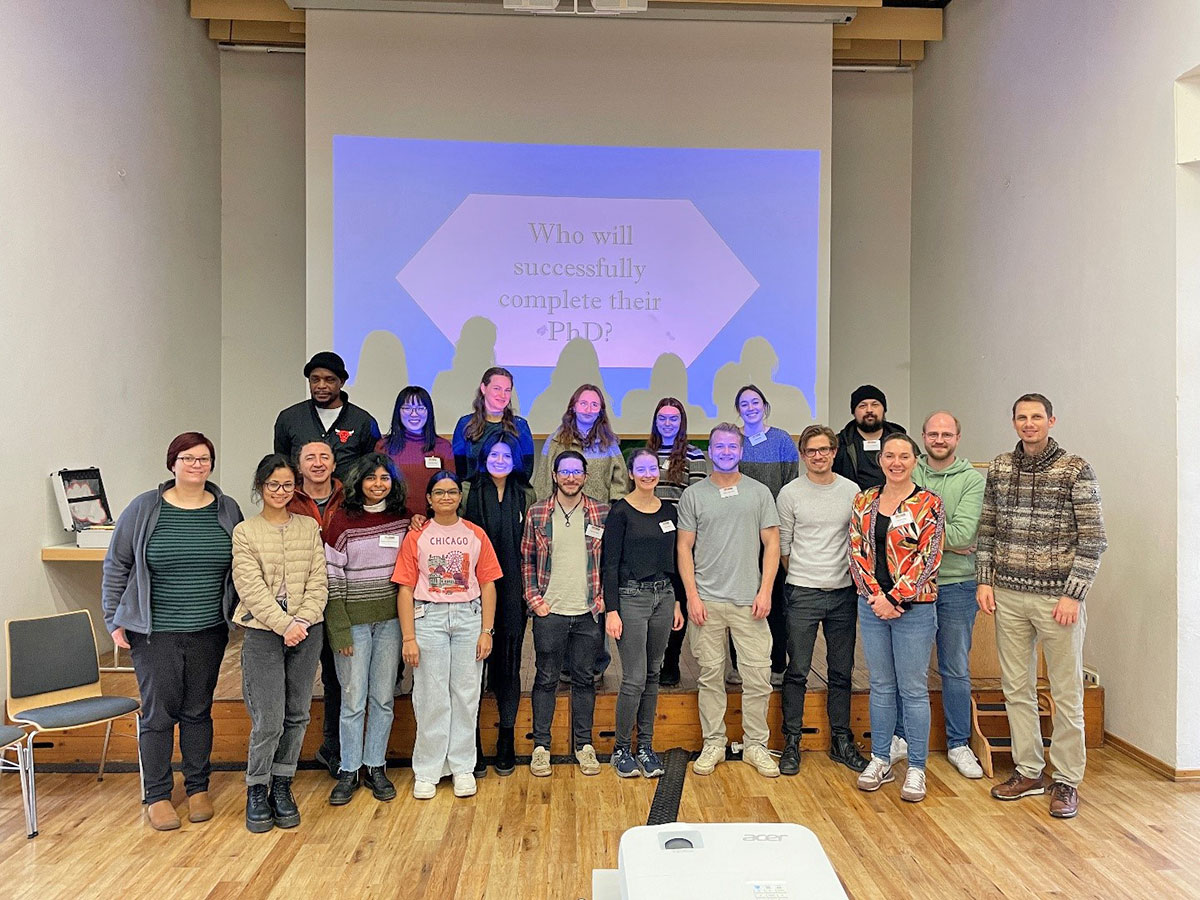
Photo: Hannah Hartung
Text: Greta Kautz, Katrin Morr



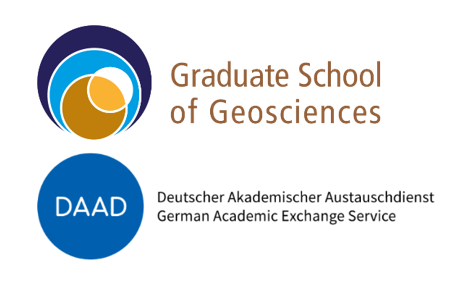 Supported by the
Supported by the 